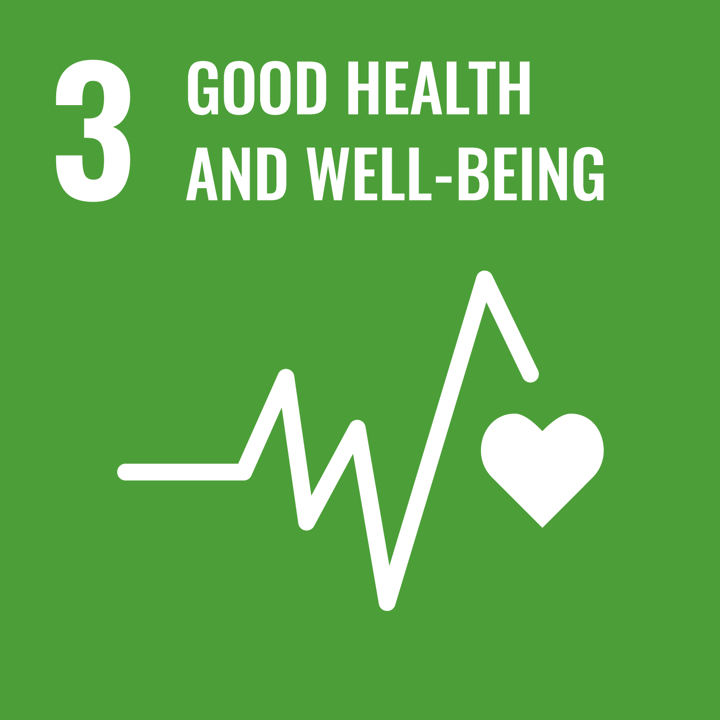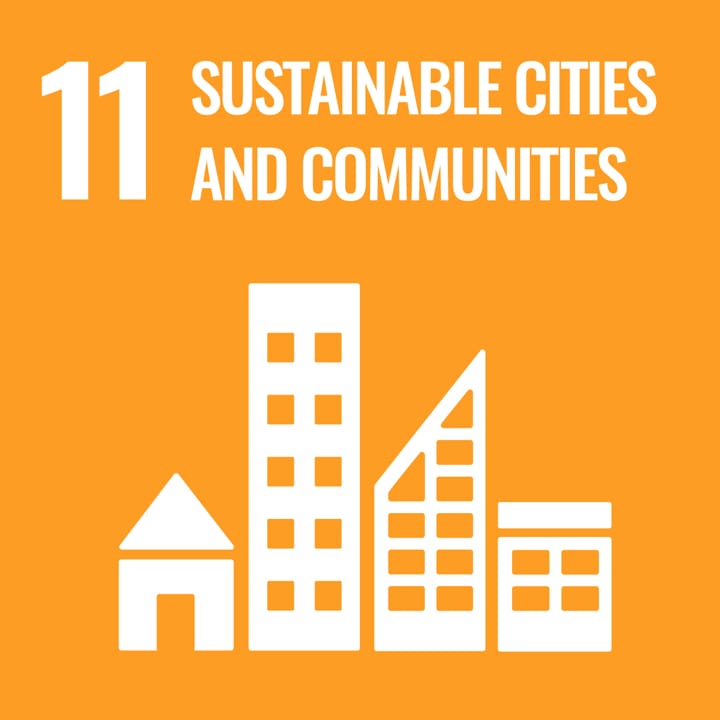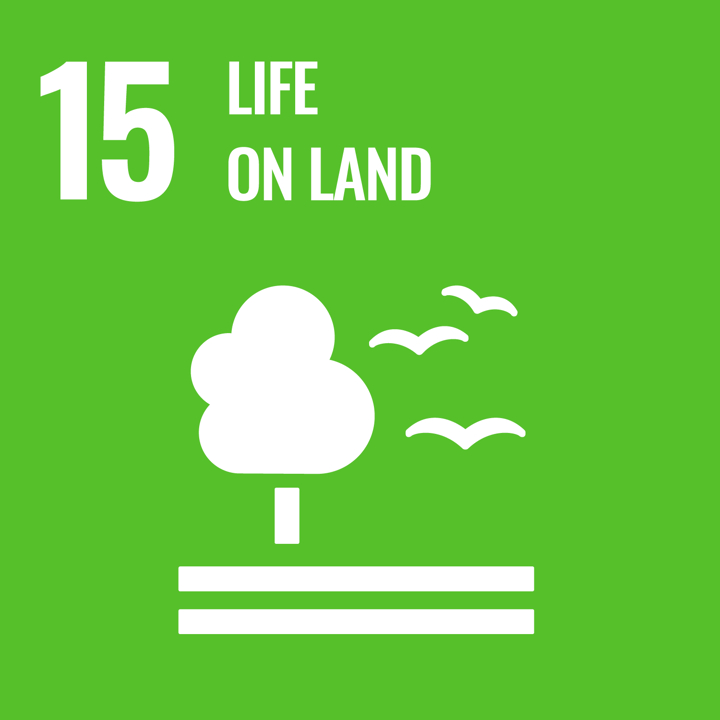
Avsedd slutanvändare: Lärare, lärarutbildare
Åldersgrupp: Gymnasieskola
Läroplan för skolan: Vetenskap; Samhälls- och miljövetenskap; Tillämpad vetenskap
Teman och ämnen: Energy Use and Production; Environmental Change; Food and Agriculture
Varaktighet: If required, please provide a link to the resource:
Preparation time: 1h – 10 hrs, depending on the chosen activities; Implementation time: 5 lessons * (45 min) = 5 didactic hours
Typ av resurs: Lektionsplaner
Nyckelord: Air-quality improvement, Public Health, CO2 sensor, CO2 Measurements, nature-based solutions, Green Walls
Språk: engelska: English, Dutch, Swedish, German, Portuguese, Greek, French, Italian, Lithuanian, Polish, Slovak and Spanish
Beskrivning
The main goal of this learning scenario is to help students realize that the school environment, where they spend a lot of time, is very important for their health, well-being, concentration and studying efficiency. The aim is also to help students become more conscious about the natural environment’s impact on their health. To do so, the first action would be to measure certain air-quality parameters at school. A brainstorming activity will then take place. The students will discuss how to improve air quality at school and then further debate on how they could make school spaces greener. If needed, they could set up a green-wall concept for their school, and eventually build it. Nature-based solutions (NBS) are solutions that are inspired and supported by nature, which are cost-effective, simultaneously provide environmental, social and economic benefits and help build resilience. Such solutions bring more, and more diverse, nature and natural features and processes into cities, landscapes, and seascapes, through locally adapted, resource-efficient and systemic interventions. Nature-based solutions must therefore benefit biodiversity and support the delivery of a range of ecosystem services.
How to use this resource
Get Ready:
- Learn about Nature-Based Solutions (NBS) using the materials provided.
- Gather supplies like CO2 sensors and tools for brainstorming.
Teach the Basics:
- Explain how the environment affects health and introduce NBS.
- Show how air quality impacts well-being.
Engage Students:
- Work in groups to discuss ways to improve air quality at school.
- Build or use a CO2 sensor to measure air quality.
Find Solutions:
- Brainstorm ideas like adding plants or creating a green wall.
- Plan and design a project to make the school greener.
Share and Improve:
- Discuss findings and get feedback using tools like Mentimeter.
- Work together to refine ideas and involve the community if possible.
Take Action:
- Build the green projects and monitor the results.
- Encourage students to share their work and keep improving the school environment
Resurserna
En grön skola är en hälsosam skola PDF:
Lärandemål
- Ta reda på förkunskaper och vidareutveckla kunskapen om och förståelsen för viktiga nyckelbegrepp inom hållbart medborgarskap genom att utmana etablerade världsbilder och värderingar.
- Tillämpa en rad lämpliga verktyg och ramverk för att främja studenternas hållbarhetsmedborgarskap
- Reflektera över praxis och granska nationella läroplaner för att identifiera möjligheter att främja hållbarhetsmedborgarskap på tvärvetenskapliga sätt och samarbeta med externa intressenter.
Gröna kompetenser
- Förankring av hållbara värderingar: Värdering av hållbarhet; Främjande av naturen
- Att ta tillvara komplexitet inom hållbarhet: Kritiskt tänkande
- Att föreställa sig en hållbar framtid: Anpassningsförmåga
- Agera för hållbarhet: Kollektivt agerande
Creative Commons

Except otherwise noted, the reuse of this document is authorized under a Creative Commons Attribution 4.0 International (CC-BY 4.0) license (https://creativecommons.org/licenses/by/4.0/). This means that reuse is allowed provided appropriate credit is given and any changes are indicated.
Globala mål för hållbar utveckling








